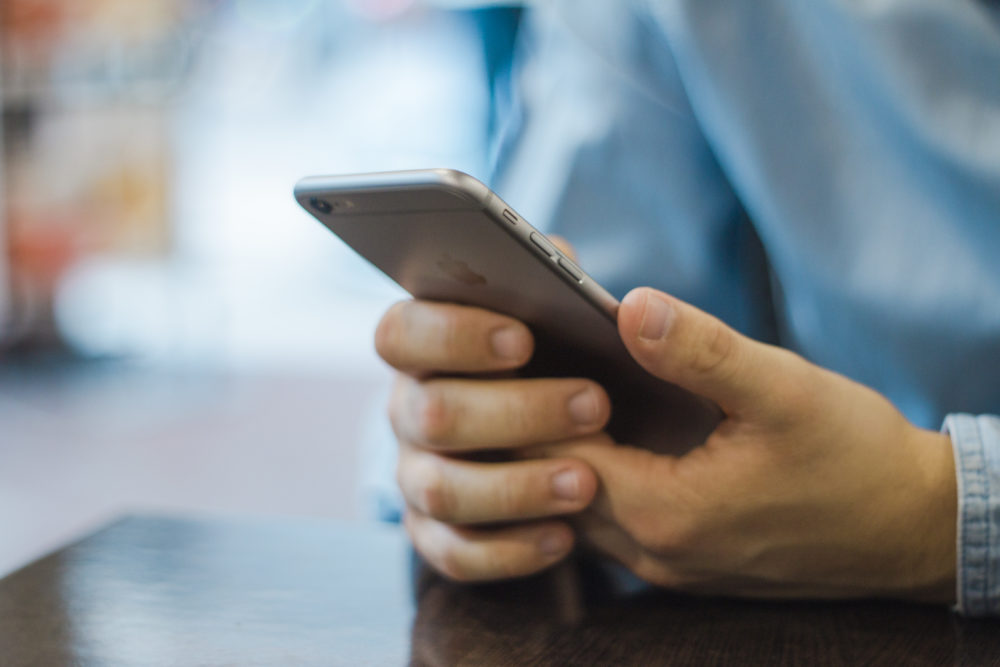Jailbreaking and unlocking an iPhone used to go hand in hand, and they are still sometimes confused with one another. In the early days of the iPhone, unlocks could only be performed if the device was also jailbroken, but nowadays, it is possible to unlock a device without jailbreaking it, and it has always been possible to jailbreak without unlocking.
Jailbreak VS Unlock
Here are the short and simple differences between an unlock and a jailbreak:
- Jailbreaking an iPhone is a kind of hack that enables you to run apps that aren’t from the App store
- Unlocking an iPhone is getting your carrier to remove the carrier lock that comes on iPhones under a service contract, and lets you use the iPhone with a different carrier
What is iPhone Jailbreaking?
Let’s be a little more detailed now. A jailbreak does for your iPhone what rooting does for an Android phone: it removes limitations built into the iOS software, and gives you access to the ‘root’ or main file system of the device. Apple is notoriously controlling, and doesn’t like users mucking about with the operating system on an iPhone. Because of this, code won’t run on an iPhone unless it has been signed with a special signature that only apps approved by Apple can use. A jailbreak allows your iPhone to run unsigned code, letting you execute, access and change whatever you want, without Apple’s approval.
Jailbreaking your iPhone usually involves the installation of a third party ‘package manager’ (like Cydia, Pangu and Taig). These package managers are basically unofficial application stores that let you download apps from ‘repositories’, or servers that host unofficial iOS applications. Apps submitted to repositories are made by developers who chose to publish for jailbroken devices.
Sometimes these apps were rejected from the App Store; other times, they were not written to be submitted through the App Store because they violated specific guidelines. Sometimes, it’s just a lot cheaper to publish jailbroken apps than it is to publish them officially.
Jailbreaking your iPhone lets you do a lot of cool stuff. Popular choices include custom device themes, file managers, applications that help your battery to last longer, among many other things. Lifehacker has a great article on stuff you can do with a jailbroken iPhone.
Obviously, Apple hates the jailbreaking community, and doesn’t want you to do this. They’ve taken a lot of steps to make jailbreaking unnecessary. Some major features Apple added to iOS existed for years on jailbroken iPhones, including:
- App folders
- Running multiple apps in the background
- Spotlight search
- Notification center widgets
- Accessibility options, like the virtual home button
If this isn’t enough to keep you from jailbreaking your iPhone, realize that Apple still has one more trick up its sleeve: jailbreaking will void your warranty, preventing you from getting free repairs or replacements from the Apple store.
Now this is a theoretical measure. Sometimes Apple can detect whether a device was jailbroken, sometimes it can’t. But the possibility of voiding your warranty is still the major downside of jailbreaking.
What is iPhone Unlocking?
Onto unlocking! Here’s an interesting story: the first person to unlock an iPhone was famed iPhone hacker George Hotz, back in 2007. He sold the phone for three locked iPhones, and a Nissan 350Z.
Why this desperation?
When the iPhone was first released, it was only available on a single carrier: AT&T. Back then, a lot of people wanted to use iPhones on other networks, and did risky things to remove the ‘lock’ that kept iPhones from working with carriers like Verizon, U.S Cellular or Sprint. Now, the iPhone is available on all of these networks, so unlocking isn’t quite as important as it used to be, but it also isn’t nearly as risky.
In the last several years, legislation has been passed that requires U.S carriers to unlock devices at the customer’s request, after their service contract has expired or been paid off. This means that unlocking is much easier now than it used to be, but if you really want an unlocked iPhone, you don’t even need to take this step anymore: Apple now sells iPhones unlocked out of the box.
Nevertheless, some iPhones are still locked to a carrier, and there are good reasons to unlock them. Some people like to switch between different networks, and keep more than one SIM card on hand. On a contract, swapping networks is not easy, and it’s also very expensive. But an unlocked iPhone can accept new SIM cards seamlessly, and quickly switch between one network and another.
This is especially useful for people who spend a lot of time overseas. Using a foreign SIM card cuts out expensive roaming fees or international travelling plans, and usually offers better service as well. Even domestically, there are still pre-paid networks called MVNOs that are a lot less expensive than main networks, but they are only compatible with unlocked iPhones.
Unlocking is a great way to save on expensive contracts, or hidden fees. And the great thing is, most unlocking methods are legal, and won’t void your warranty. You can check our guide to find the best way to unlock your iPhone 7.
Conclusion
Both jailbreaking and unlocking expand the capabilities of your iPhone, and generally make it more awesome. But jailbreaking is a kind of hack that will always void your Apple warranty, whereas unlocking is not a hack, and all carriers will unlock your iPhone provided your contract is ended or paid off. If you want to jailbreak your iPhone, take the warranty into consideration, and decide which you value more: freedom to do what you want with your phone, or financial protection if your iPhone is ever damaged.


